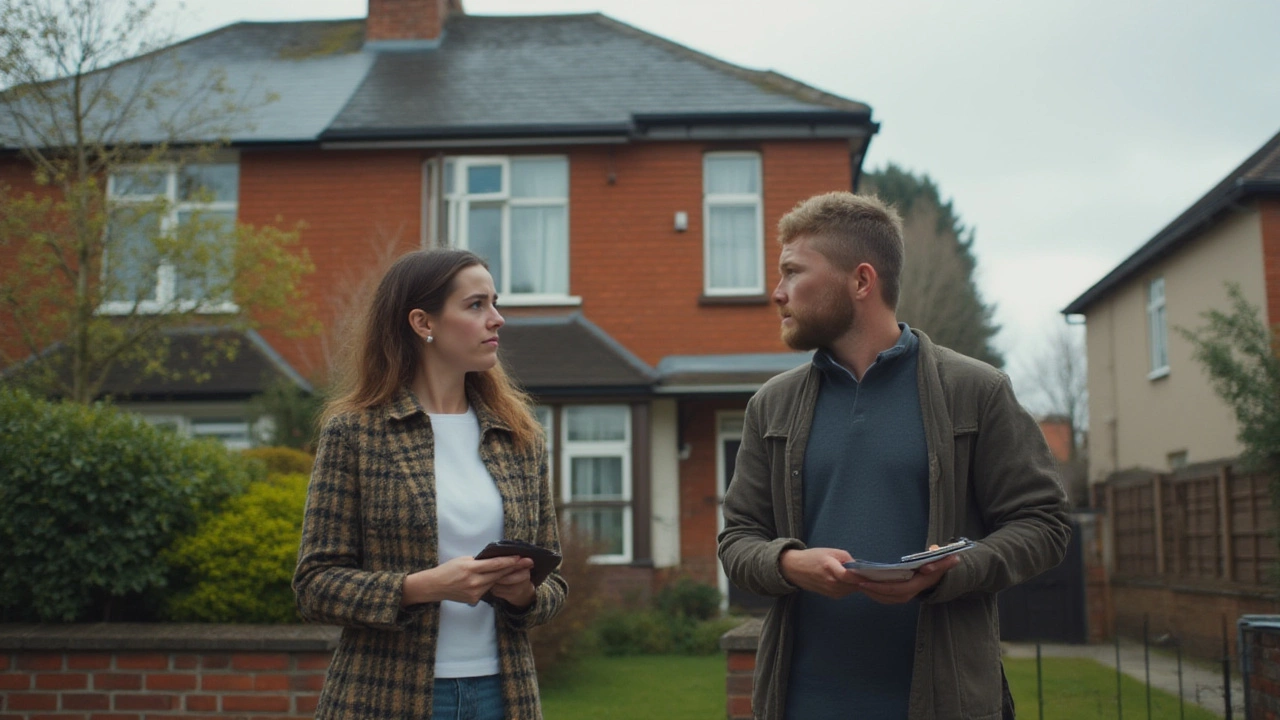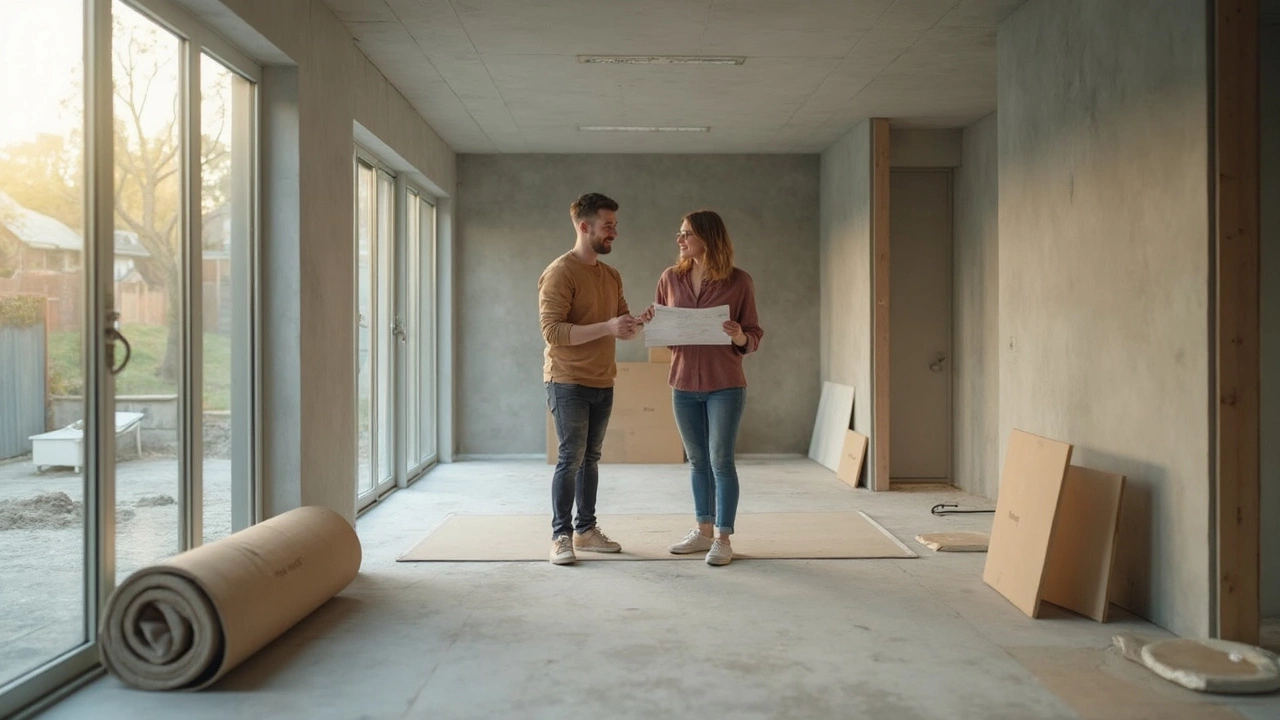Home Buying – What You Need to Know in the UK
Thinking about a new home? Whether you’re eyeing a fresh build, a ready‑to‑move‑in house, or planning to construct your own, the decisions you make now will shape your finances and lifestyle for years. In this guide we break down the biggest questions, give you realistic cost figures, and share quick tips to keep your budget in check.
Build or Buy? Weighing the Options
Many first‑time buyers ask, “Should I build a house or buy one?” The answer isn’t one‑size‑fits‑all. Building lets you choose every finish, from floor plan to roof type, but you’ll juggle contractors, planning permission, and possible delays. Buying a completed home means you can move in faster, but you inherit the existing layout and any hidden issues like foundation cracks or outdated wiring.
Our recent article “Build or Buy a House in 2025?” shows that building can be cheaper in high‑demand areas if you manage the budget tightly, while buying might save you money in regions where property prices are steep. Look at local market trends, compare the total cost of land, materials, and labour against the asking price of similar homes, and decide which risk you’re comfortable handling.
Key Costs and Money‑Saving Tips
Understanding the full cost picture stops nasty surprises. Here’s a quick checklist:
- Land or purchase price – the biggest chunk. In London it can dominate, while in the Midlands it’s more modest.
- Construction or renovation – include foundations, roofing, plumbing, and finishes. Our guide on foundation crack sizes explains when a small crack is harmless and when you need a structural engineer, which can affect repair budgets.
- Planning permission – if you’re extending or building beyond permitted development, expect fees and possibly a waiting period.
- Insurance – house insurance often excludes foundation problems. Read the fine print early, as outlined in the “House Insurance and Foundation Issues” article.
- Utilities and services – connecting electricity, water, broadband, and waste can add several thousand pounds.
To shave costs, consider:
- Choosing a “dry fit kitchen” layout – you’ll avoid costly re‑work after walls close.
- Using the 3‑4‑5 method for accurate right‑angle layouts, saving time and material waste.
- Buying standard‑size windows and doors rather than custom sizes.
Every decision, from the type of cement for foundation repair (see our “Best Cement for Foundation Repair” guide) to whether an extension falls under permitted development, can tip the balance between staying on budget and overrunning.
Lastly, don’t forget post‑move costs like landscaping. Negotiating with landscapers using our step‑by‑step tips can give you a polished garden without breaking the bank.
Home buying is a marathon, not a sprint. Keep these basics in mind, revisit the detailed articles linked throughout this page for deeper dives, and you’ll walk into your new home confident and prepared.


